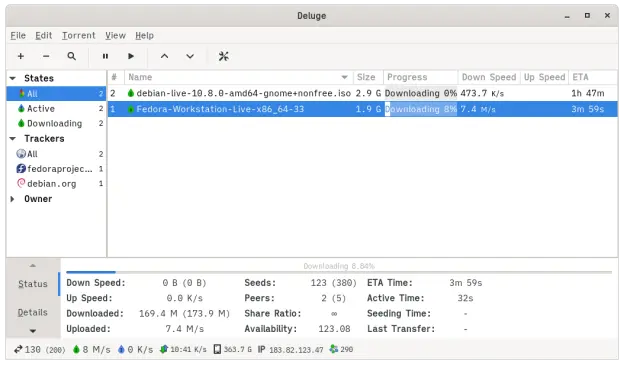In today’s digital age, teenagers are constantly seeking new ways to connect with others and share their lives online. One emerging trend that has gained popularity among teens is the use of live streaming platforms, commonly known as teen cams. These platforms allow users to broadcast themselves in real-time to an audience of followers, providing a glimpse into their daily lives and activities.
The appeal of teen cams lies in their ability to provide a sense of intimacy and authenticity that is often lacking in traditional social media platforms. By allowing teens to share unfiltered moments from their lives, these platforms offer a unique opportunity for self-expression and connection with others. However, the rise of teen cams also raises concerns about privacy, safety, and the potential for exploitation.
One of the main benefits of teen cams is the sense of community and connection they can provide for teenagers. By allowing users to interact with each other in real-time, these platforms can help teens feel less isolated and more supported by their peers. In addition, live streaming can also be a valuable tool for self-expression, allowing teens to showcase their talents, interests, and personalities to a wider audience.
Despite these benefits, the use of teen cams also comes with risks. One of the main concerns is the potential for privacy violations, as live streaming often involves sharing personal information and footage with a large audience. This can leave teenagers vulnerable to online harassment, stalking, and other forms of exploitation. In addition, the pressure to constantly broadcast oneself can also have negative effects on mental health, leading to feelings of inadequacy, anxiety, and low self-esteem.
Another concern surrounding teen cams is the potential for online predators to target vulnerable teenagers. By engaging with live streaming platforms, teenagers may inadvertently expose themselves to individuals who seek to exploit and manipulate them. This highlights the importance of educating teens about online safety and privacy, as well as providing them with resources to report and block inappropriate behavior.
In order to address these concerns, it is essential for parents, educators, and policymakers to work together to promote safe and responsible use of teen cams. This includes setting clear guidelines for online behavior, monitoring children’s online activity, and providing support and resources for teenagers who may be experiencing negative consequences from live streaming.
Overall, the rise of teen cams presents both opportunities and challenges for teenagers in today’s digital age. While these platforms can offer a sense of community and self-expression, they also come with risks that must be addressed. By promoting awareness, education, and responsible use of live streaming platforms, we can help ensure that teenagers can safely navigate the online world and connect with others in a positive and meaningful way.














